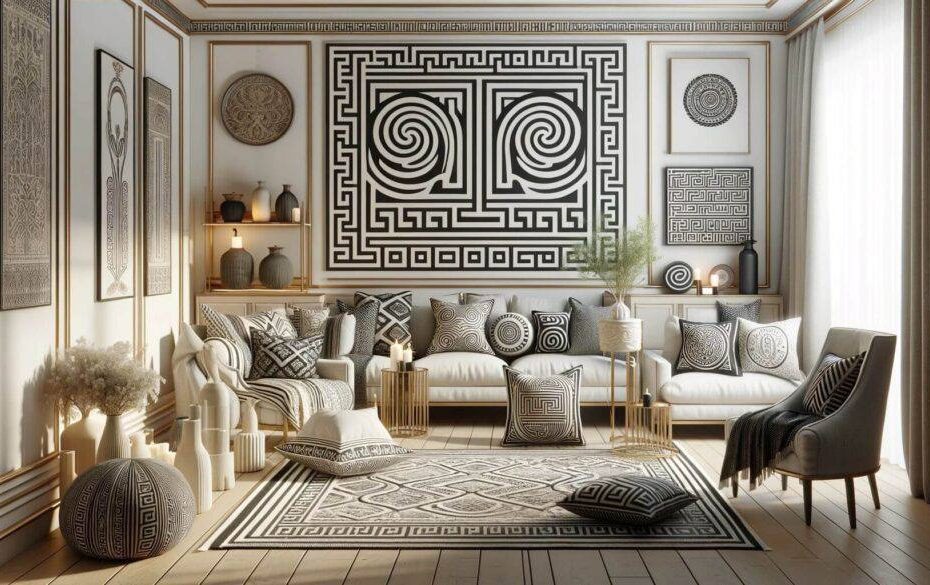Embracing AI in Sustainable Interior Design: A New Era of Eco-Friendly Spaces
As the world acknowledges the urgent need for sustainability, industries across the board are embracing green practices, and interior design is no exception. The convergence of artificial intelligence (AI) and sustainable interior design presents a revolutionary approach to creating spaces that are not only aesthetically pleasing but also environmentally responsible. This article explores how AI is transforming the way we design interiors while promoting sustainability.

1. AI-Driven Space Planning
AI tools can analyze the dimensions and characteristics of a space in conjunction with user preferences to create optimal layouts. By simulating various design options, these AI systems can recommend space plans that maximize natural light, improve energy efficiency, and enhance airflow, reducing the need for artificial lighting and air conditioning.
2. Material Optimization
Sustainable design prioritizes the use of eco-friendly materials. AI applications can research and recommend sustainable materials based on factors such as durability, availability, and environmental impact. Advanced algorithms can evaluate the lifecycle of materials, ensuring that designers select options that are renewable, recyclable, or made from recycled content, thereby reducing waste.
3. Energy Efficiency Modeling
AI enables sophisticated energy modeling to analyze how different designs and materials affect energy consumption. By leveraging data from past projects and real-time usage patterns, AI can help designers create interiors that optimize energy use through smart systems like automated lighting and heating controls.
4. Personalized Design Solutions
AI systems can facilitate customized design solutions based on individual client preferences and lifestyle needs while adhering to sustainability principles. By gathering data through user interactions and feedback, AI can suggest design elements that align with sustainability goals without compromising on style and comfort.
5. Predictive Maintenance and Longevity
AI can play a crucial role in ensuring the longevity of interior designs. Predictive maintenance tools can monitor the condition of materials and fixtures, alerting homeowners or facility managers to necessary repairs before they become critical. This proactive approach not only extends the life of design elements but also minimizes waste and resource consumption.
6. Virtual Reality (VR) and Augmented Reality (AR) Integration
AI-powered VR and AR technologies enable designers and clients to visualize sustainable design choices in immersive environments. By rendering eco-friendly materials and layouts in real-time, designers can foster informed decision-making, allowing clients to see the impact of their choices on sustainability before implementation.
7. Enhanced Collaboration Across Disciplines
AI tools can facilitate improved communication among architects, interior designers, builders, and clients. This cross-disciplinary collaboration ensures that sustainable practices are upheld throughout the design and construction processes, promoting a holistic approach to eco-friendly interior environments.

Conclusion
The integration of AI in sustainable interior design signifies a step forward towards creating spaces that respect our planet while meeting the evolving needs of users. By leveraging technology to enhance efficiency, reduce waste, and foster creativity, designers can lead the way in establishing eco-friendly interiors that contribute to a sustainable future. As AI continues to evolve, its role in driving innovation and sustainability in interior design will likely only expand, heralding a new era of responsible and beautiful spaces.




